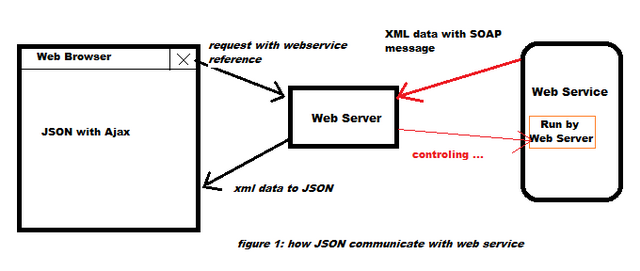If you’ve been keeping up on the world of local nudes and chat apps, then you’ve probably heard of Asstok. This app is a hookup app at its core, but it’s doing things in a different way than apps like Tinder. However, there’s a new app that may even be better called Chicktok.
Chicktok isn’t just a simple Asstok clone, however. You can read more about their Asstok features at https://chicktok.app/asstok-alternative/. It does what TikTok does but for adult content, and more. We tried it out to see if it’s really all it’s cracked up to be. Here’s our review!
An AssTok Alternative
The first thing we noticed was that the design is pretty similar to Tinder or other popular dating apps. But this one has some added features. It’s also an adult version of TikTok, just like Asstok. You can post videos on here, as well, complete with TikTok style filters.
There are three main tabs for video content: My Videos, Popular, and Trending. The design feels very much like other apps, actually, so it was easy to get used to navigating around.
TikTok Style Adult Videos
The videos are a little bit different than what you might normally see on a regular dating app. They have a TikTok style to them. Instead of just uploading pictures, users can upload short videos. These are usually about 30 seconds long. People can put these videos anywhere on their profile, whether it’s in the gallery or under a section called ‘My Videos.’
You can also search for other members by keyword, location, and more. You can sort through the results based on their video length, popularity, or name. When you click on someone’s profile, they’ll show you their name, age, gender, and some other details.
Tinder-Like Features
One of the best things about Asstok is how easy it is to use. If you’re familiar with Tinder, then it should feel natural to use. You swipe right or left based on your preferences. And you can add people to your favorites list. You can also look at their profiles to see what they have to say before making a decision.
What makes Chicktok better?
One of the best things about Chicktok is how well-organized it is. When you look at the different profiles, you get a list of all the people you’re connected to. If you want to go into a private conversation with someone, it’s right there in front of you.
Another cool feature is that you can choose whether to reveal your name or not. This means that you can have an anonymous hookup if you want to. And you can block people as easily as unblocking them, which is perfect for anyone who doesn’t want to deal with a lot of drama.
As far as features are concerned, you can send virtual gifts through the app. This includes stickers, sounds, and photos. There’s also a video chat option available, so you don’t even need to leave your house to meet up with someone.
There’s also a “chatter” section where you can post statuses, videos, memes, pics, and more. This is a fun addition to the app that helps give it personality, and it’s totally optional too.
Does it really work?
It definitely works. We downloaded the app and tried out the features. Within a few minutes, we had already found several matches. After chatting with a couple of these girls, we realized that this app was legit. These were real women who wanted a little something extra in their lives.
Our favorite part about Chicktok is how easy it is to use. There are plenty of pictures and videos, as well as video clips, so you can get a good idea of what each person looks like before you make contact. The messaging system works just like any other chat app, and the profiles are very detailed.
We made a profile, set our preferences, and started swiping away. In less than 10 minutes, we had a bunch of matches. Each girl was super cute and friendly, and most of them seemed pretty down to earth.
Some of the girls wanted casual sex, and others weren’t interested in anything serious. It was up to us to decide whether or not to continue talking. But either way, it was a great experience.
Conclusion: Is Chicktok really better than Asstok?
It looks like it is! With a clean interface, easy browsing options, and tons of ways to connect with others, Chicktok definitely seems like a good choice. You might even say it’s a better alternative to Asstok.





